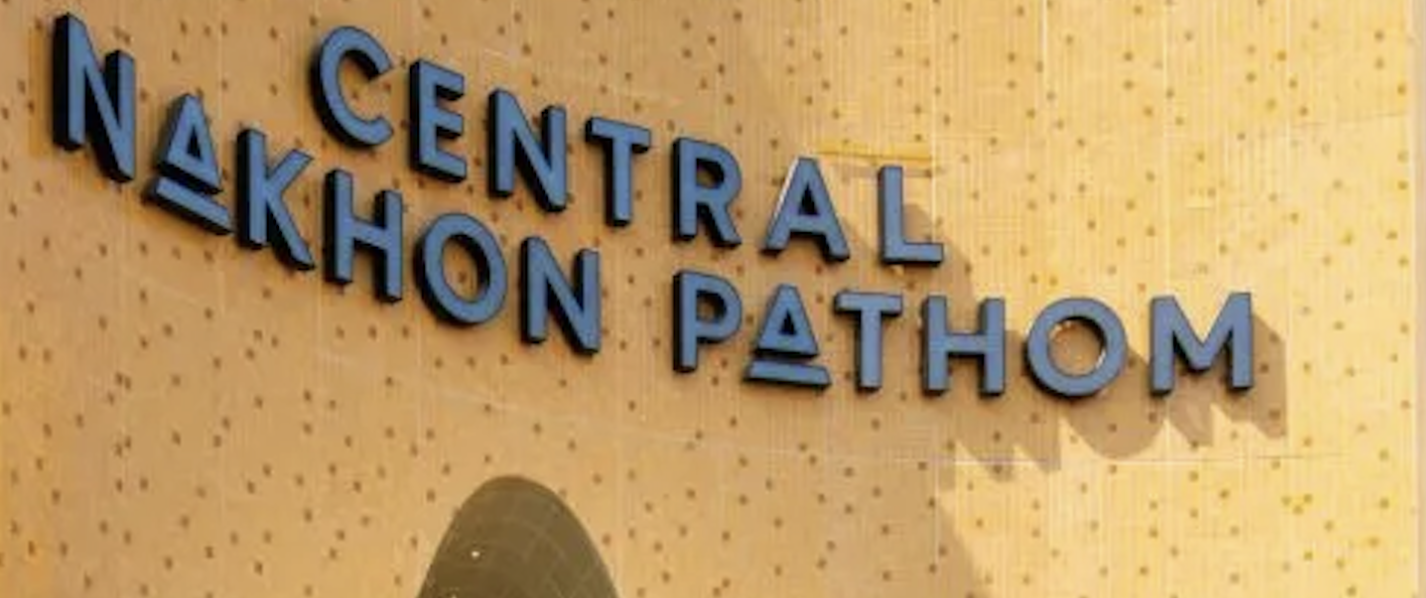In the fashion industry, where things are constantly shifting, the term “customer engagement” has evolved from a marketing buzzword to a necessity for businesses. By 2025, the fashion industry’s ability to connect with people in a meaningful way will determine whether it continues to exist in the long term. These days, people don’t just buy things; they also participate in the process. As a group, they collaborate to create things, advocate for them, and feel as though they belong with every brand they interact with. As a result of developments such as virtual fashion events, personalization driven by artificial intelligene, and loyalty models based on the circular economy, the boundaries between businesses and community are becoming increasingly hazy.

This change is considered one of the most significant of the decade, according to the most recent Business of Fashion x Braze Knowledge Report. In this context, engagement is not only digital but also exceptionally emotional.
The Era of “CONNECTED CONSUMERS” Has Arrived
Customers in the modern era use a wide variety of platforms and expect seamless transitions between digital and physical touchpoints. The connected customer of 2025 wants brands to know them better than ever before, but they do not wish to do so by collecting personal data in a way the customer perceives as intrusive. What they want instead is for brands to provide meaningful personalization and value-exchange opportunities.
Some of the brands that are leading the way in this direction include Nike, Gucci, and Uniqlo. These brands are combining apps, social media, and real-life experiences into a single, comprehensive engagement journey. So, what took place? Instead of being a one-time sale, each notification, event, and product drop becomes a part of a conversation that continues indefinitely.
According to McKinsey (2025), more than 71% of customers now expect personalized interactions, and when this expectation is not fully met, 76% become irate. To put it another way, the new loyalty program is designed to encourage customers to engage with your company.
The Establishment of Emotional Connections
Engagement extends far beyond the point of purchase today. Emotional ecosystems are places where values, style, and lifestyle all come together, and the best fashion brands are those that create a sense of emotional connection. For example, the Dior Beauty community app is all about wellness and self-expression. In contrast, the Loewe app encourages people to connect through creative challenges and hands-on workshops. Customers become brand storytellers through these programs, which transform engagement into an experience.
Authenticity has emerged as the cornerstone of engagement in the fashion industry. Particularly, Generation Z and Alpha are seeking brands that mirror their social values. From inclusivity to sustainability, emotional alignment has become a crucial component of engagement.
Data and Creativity are the Two Pillars of the Art and Science of Engagement
In 2025, fashion is a blend of creative expression and technological advancement. The emotional depth of every campaign is enhanced by human creativity, but artificial intelligence algorithms that help determine how people feel, what they like, and how they behave are also helpful.
One example is the fashion advisor at H&M, powered by artificial intelligence that analyzes millions of social media posts and shopping data to predict which styles will be popular in the future. However, the brand’s Innovation Stories collections combine these insights with creative storytelling to create a unique experience. This new formula for engagement is based on the appropriate combination of artistic instinct and an accurate technical understanding.
The use of predictive engagement tools by brands results in a 35% increase in repeat purchases, according to a 2025 Gartner report. This demonstrates that personalization is not merely a feature; rather, it is a means of development.
Experiments that are not only physically present but also immersive
The rise of virtual experiences in the aftermath of the pandemic gave rise to a new type of engagement known as “phygital” engagement, which is a combination of digital and physical interactions. It is becoming increasingly common for companies to transform their flagship stores into multimedia storytelling spaces. These stores are now offering augmented reality fashion shows and clothing that comes with NFC tags that can be scanned to unlock digital experiences.
Both the “Metaverse Hub” from Balenciaga and the interactive store screens from Prada are examples of how the fashion industry is beginning to play a more game-like role in the engagement process. Playing, sharing, and feeling a sense of belonging are things people do in addition to looking around.
The integration of phygital experiences is reshaping retail key performance indicators. Success is no longer measured by foot traffic alone, but by the time customers spend engaging with both online and offline channels. This shift underscores the growing importance of digital interactions in the retail landscape.
Regard for the Circular Economy and Loyalty
As the popularity of sustainability-based loyalty grows, customers’ interactions with brands in 2025 will be affected as well. Brands that help consumers make sound choices are attracting more business. One example of a circular business model that is becoming increasingly popular among individuals is the practice of reselling, renting, and refurbishing previously owned items.
Both the Worn Wear program offered by Patagonia and the circular collaborations with luxury brands carried out by The RealReal are more than just marketing campaigns; they are loyalty ecosystems founded on shared values.
Within the context of the new fashion economy, loyalty is not about receiving discounts; rather, it is about being a part of a cause. This represents a significant shift in the way people think.
As a result of influencer marketing, community co-creation has developed from the concept of having an impact to the idea of working together. It is not enough for people to follow; they collaborate. Brands are now designing collections, campaigns, and digital content with the help of micro-creators, stylists, and regular customers, among others.
Two of the earliest examples of how engagement can lead to empowerment are the “Create with Coach” series from Coach and the Creator Club from Adidas. Both of these series are examples of how engagement can work. Not only does this model foster greater brand loyalty, but it also makes creativity more accessible, allowing every customer to have a say in the brand’s cultural development.
What Engagement Means in Its New Context
One thing is abundantly clear as the fashion industry steps into 2025: engagement is no longer a number; it is a way of thinking. In other words, it means listening more attentively, cooperating honestly, and building ecosystems where individuals not only purchase things but also connect. Whether brands can successfully combine human warmth and technological intelligence will determine the future of fashion. When all is said and done, emotional engagement is more potent than transactional engagement.
References
Business of Fashion. (2025, October). The customer engagement realities reshaping fashion and beauty. [Knowledge report]. The Business of Fashion. https://www.businessoffashion.com/reports/marketing-pr/customer-engagement-realities-reshaping-fashion-and-beauty-bof-braze-knowledge-report/
Gartner. (2025). Predictive engagement trends in retail and fashion. Gartner Research.
McKinsey & Company. (2025). The State of Fashion 2025. McKinsey & Co.
Patagonia. (2025). Worn Wear: The Circular Engagement Model. Patagonia Corporate Responsibility Report.







